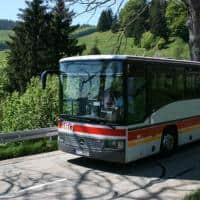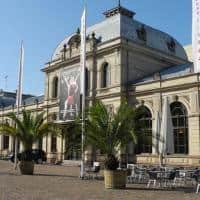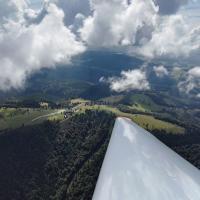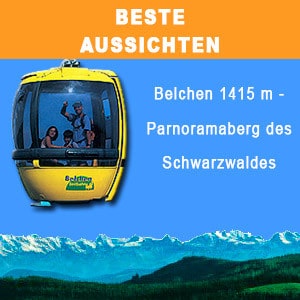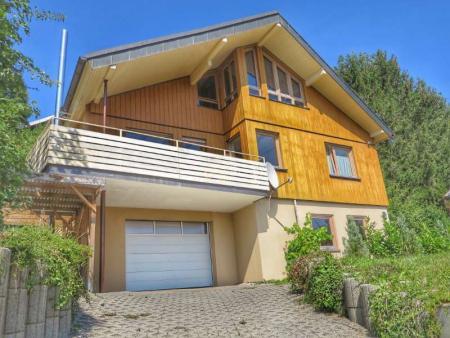The southern Black Forest is one of the most interesting and beautiful regions in Germany.
Whether unique views, deep valleys and gorges, snow-capped peaks, flowering orchards and sun-drenched vineyards, whether rushing waterfalls, wildly romantic rocks or cool lakes - in the southern Black Forest you will find the diversity of an unmistakable, historically grown cultural landscape.
With its 370.000 hectares, it is the second largest nature park in Baden-Württemberg and one of the largest in Germany. It is located in the extreme southwest of the state of Baden-Württemberg, in the triangle of Germany, France and Switzerland, and extends from Elzach and Triberg in the north to Waldshut-Tiengen and Lörrach in the southwest of the Black Forest. In the west it includes the foothills of the Black Forest Freiburg and Emmendingen, to the east it extends to Donaueschingen and Villingen-Schwenningen.
Tourism in harmony with nature
The southern Black Forest is not only one of the most beautiful "corners" of Germany, it is also the most important tourist region in Baden-Württemberg and one of the most important in Germany.
The landscape of the Southern Black Forest Nature Park with its wide, open plateaus, its views and its magnificent panorama offers visitors and locals a variety of opportunities to experience a magnificent piece of nature with sporting activities.
One of the most important goals of the Southern Black Forest Nature Park is to successfully unite nature conservation and tourism interests and to continuously develop coordination.
Together with partners such as the German Ski Association or the Südlicher Tourism Schwarzwald, the Southern Black Forest Nature Park develops and elaborates natural tourism models. In this way, the southern Black Forest and its natural beauties are not only presented more attractive, but also uniformly and better.
Zu Wellness in the Black Forest nature also makes a significant contribution.
The Southern Black Forest Nature Park is the most important sports tourism region in Baden-Württemberg. In particular, the landscape-related forms of sport and recreation have a long tradition here. Day and holiday tourism, and thus sports tourism, will continue to depend on sufficient space for movement and a natural and diverse cultural landscape. The aim is to preserve the sports and adventure spaces in the intact landscape in the long term and to adapt the development of sports tourism to the needs of the local population and visitors as well as possible. In cooperation with the German Sport University Cologne, special emphasis was placed on the landscape-adapted development of the sports tourism offer in the nature park.

